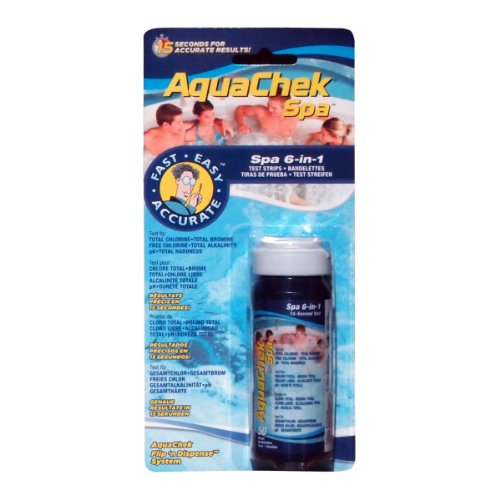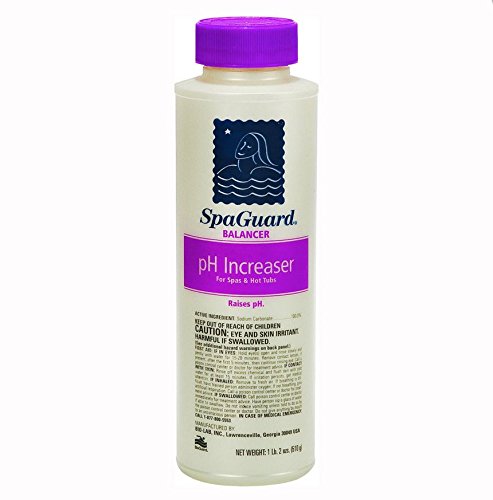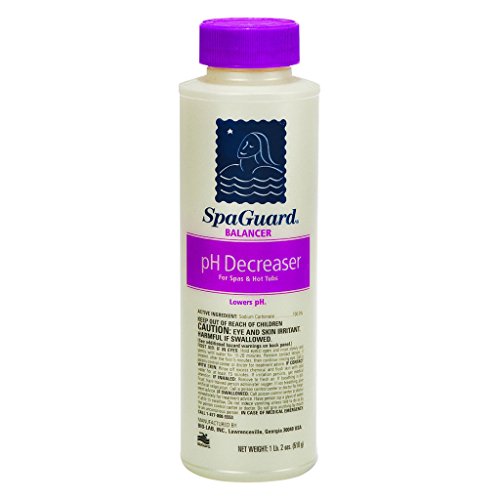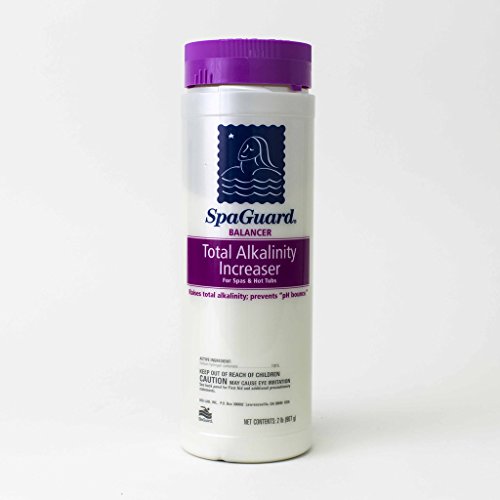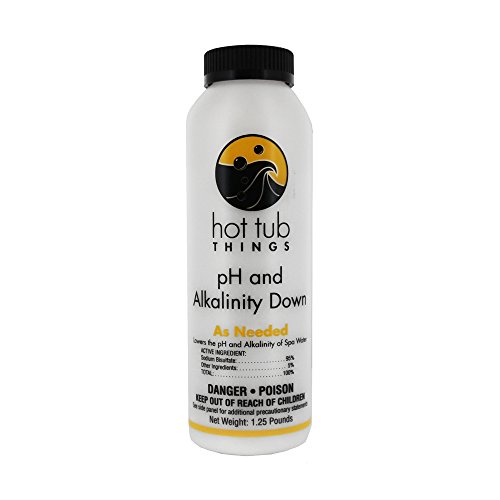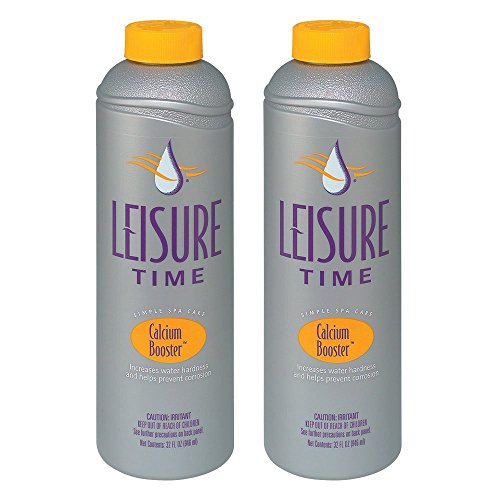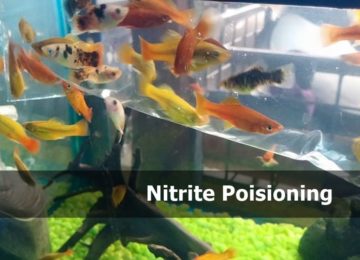Preventing problems before they occur will give you more enjoyment from your sparkling clean hot tub. In this post, you will learn about what chemicals [chlorine, bromine, test kits] you need and how and when to use them.!
So you got yourself a hot tub spa. You love the way it looks.
It feels fascinating to own and see a hot tub spa. You love it when you relax lounging in its comfortable seats. The warm water, that massages every inch of your tired body, relieves your bones and muscles.
So what next?
You have to make sure that you keep enjoying the joys your hot tub is offering you through proper maintenance and care.!
Otherwise, you can run the risk of:
- Damaging your tub
- Irritated skin and eyes
- Excessive use of chemicals
It is very vital to test the water regularly and use the right chemicals in the tub. Otherwise, you are prone to getting sick or chemical burns as this isn’t a bathtub that is drained right after each usage.
You should daily change or rinse the water filter and perform testing on weekly basis.
So to keep your hot tubs running smoothly, you should have the knowledge of what your spa needs.
What kind of chemicals do you need to keep your water clear and fresh? What should you add to the spa water each week? How do you keep it clean? How do you care for the cover?
Caring for your spa does not have to be a problem, [however, it will save you from many problems] as long as you follow some simple instructions and if you have the right chemicals and accessories at hand.
As an owner of a hot tub, you need to ensure your hot tub water is balanced and sanitized. Sanitizing your water ensures that the water is free from bacteria and is clean and safe to use.
So, you will have to get all the right chemicals, cleaning products and accessories that are necessary to keep your hot tub spa in tip-top shape.
Yes, it does cost some money but the good thing about spa chemicals is that you don’t need large quantities to do the job right. A small bottle will last a long time because you are only treating a relatively small amount of water (compared to a swimming pool).
Table of Contents
What do you want to control through chemicals?
You need chemicals to control and maintain the water balance for
- pH: You have to maintain water pH between 7.2 – 7.8 for your tub.
- Total alkalinity: The Total Alkalinity of your water should be between 80-120 ppm.
- Calcium hardness: Your hot tub should have the Calcium Hardness between 150-250 ppm.
In order to maintain these parameters, you need to check and monitor them. You can do it weekly or every time you use it.
How to check pH, alkalinity and calcium hardness For Hot Tubs?
By checking these parameters, you’ll know what chemicals you need. e.g. you’ll need different chemicals for high and low pH.
To do this, you will need Spa Test Strips or digital meter. The test strips come handy in testing the chlorine, alkalinity, and bromine levels, not only pH. If you have separate chlorine, alkalinity, and bromine testers, You can buy a digital meter.
Using pH strips is really easy. Simply dip the strip into your hot tub and the strip will change color. Then compare this strip to the color chart supplied with the testing strip kit you purchased and whatever the color matches with is what your pH is.
6 in 1 test strips test for: After checking the parameters. You have to balance out if any of them is out of range. Running your hot tub out of these ranges can significantly damage your hot tub and create an unpleasant environment for anyone who uses it. If your pH is out of range it will also make the other chemicals you have to use less effective. There are several factors that can attribute to low pH: The most common way to increase your tubs pH is to use a pH increaser. You simply add the recommended amount, based on how much water your hot tub has in it, and wait for it to bring up the pH. This dry, granular increaser will gradually increase your pH. Simply add 1 tsp per 100 gallons of spa or hot tub water to adjust your pH. Having a high pH means that your hot tub and equipment is more susceptible to scale. Scale is not good for equipment as it will build on the filters, in the pump, and in the bubble streams. All of this means your equipment will be under more strain to work normally, resulting in a less than satisfactory experience and damage to your hot tub. High total alkalinity is the primary reason for high pH levels. Total alkalinity is the buffer or tendency for the pH to stay in range. To keep pH in the desired range for hot tubs, you need to optimize the total alkalinity to buffer the pH. Hot tubs tend to have higher temperatures and generate a lot of bubbles. This, in turn, creates carbon dioxide very quickly. Carbon dioxide accumulates and makes the pH go up. This makes the need for additives to lower the pH and alkalinity a liability for hot tub owners, on a regular basis. Sometimes, the water used in the hot tub, generally has a high pH and total alkalinity, making it hard to lower the pH. Decreasing your pH is similar to increasing your pH; you use a chemical. In this instance of high pH, you would use a pH reducer, as per manufacturer's guidelines based on water volume, to reduce your pH. This dry, granular decreaser will gradually reduce your pH leaving you with a perfect environment to relax in your hot tub. Now you know about pH and why it is important, we need to look at Total Alkalinity The total alkalinity (TA) of the water is a measure of the quantity of the alkaline elements in it. For hot tub, the bicarbonate alkalinity of water is more of concern. TA acts as a buffer, meaning that if your range is incorrect, you will have fluctuations in your pH and will struggle to maintain a correct pH. The better the TA, the better your pH, the better your hot tub experience will be. When your TA is between 80 & 120 ppm it means your water ph will be more stable. Before you adjust your hot tubs pH, you should check that the Total Alkalinity is in range. Once your TA is correct, you can then adjust your pH levels if needed. Much like when you have low pH, your water will be more acidic, meaning you are at risk of damaging your hot tub and causing harm to yourself. Other effects of low TA are: Just like with a low pH, you will use chemicals to increase the Total Alkalinity. Below is a recommended product to use, just make sure you follow the manufacturer's guidelines about how much to use. SpaGuard Total Alkalinity Increaser This total alkalinity increaser is simple and effective. Simply add 1 tbs per 100 gallons of water to bring your total alkalinity reading by 25ppm to leave your water looking fresh. High Total Alkalinity is not as damaging as low TA, however, you still want to avoid it at all costs as it will have negative effects on your hot tub. When you have a high TA; you can expect: You need to purchase a Total Alkalinity decreaser to ensure that you can bring down the TA of your tub if you need to. Always follow the manufacturer’s guidelines and apply as instructed. Hot Tub Things pH & Alkalinity Down This product will reduce your total alkalinity and pH together to help you maintain your hot tub’s water balance. Once your total alkalinity is in range, recheck your pH and then use a pH increaser if it is too low. Calcium hardness refers to the hardness and softness of your water. As with pH and Total Alkalinity, going higher or lower than the ideal range comes with problems. Before you try to balance your Calcium Hardness, make sure that your Total Alkalinity is within ideal range (80-120 ppm), and the that your pH is within range (7.2-7.8). Water that is too soft, or has a low calcium hardness, is corrosive. The water effectively does not have all the minerals it needs, so to get its minerals it will take it from things it comes into contact with, namely your hot tub! Low Calcium hardness is an issue with hot tubs that have metal, grouting, concrete or stone. As inflatable hot tubs only have metal out of these, then it will not be as damaging to the whole tub, but it will be enough to ruin your hot tub. The water will corrode all the metal in your pump or any other metal that comes into contact with. Once this corrosion starts, it is not possible to reverse it. You will either have to buy a new hot tub or replacement parts. As with pH and Total Alkalinity, you need an increaser. You can purchase Calcium Hardness increaser and I recommend Leisure Time Calcium Booster below. As always, make sure to follow the manufacturer's instructions for use. This high selling calcium booster will bring your calcium levels up at a rate of 7 ppm per dose. Compatible with chlorine and bromine sanitized spas. High calcium hardness means that the water has become saturated and the calcium is not being absorbed into the water. This results in cloudy water which over time will start to develop scale. As with high Total Alkalinity, the scale will cause the same damage, such as: Having a high Calcium Hardness means you have two options; partially replace some of the water with fresh water and failing that you will need to replace all the water in your tub with fresh water. To maintain your hot tub, you need to check the pH, total alkalinity, and calcium hardness regularly. Otherwise, any imbalance parameter will harm your skin and hot tub. That's all! you have all needed information about chemicals to be used in hot tubs. Share this post with your readers, friends and social circle.
Effects of parameters and how to control them?
1. pH in Hot Tubs
Impact of Low pH in Hot tub
What causes low ph in the hot tub?
How to raise pH in the hot tub?
Impact of High pH in Hot tub
What causes high pH in hot tub?
How To lower Your pH in hot tub?
2. Total Alkalinity in Hot Tubs
Impact of low Total Alkalinity in a hot tub
How to raise alkalinity in hot tub?
Hot tub alkalinity too high? What Happens in the hot tub?
How do you lower total alkalinity?
3. Calcium Hardness in Hot Tubs
What Does Low Calcium Hardness in hot tub do?
How to raise Calcium Hardness in Sspa?
What Does High Calcium Hardness in hot tub do?
How to lower the Calcium Hardness in Hot Tub?
Summary & Conclusions

